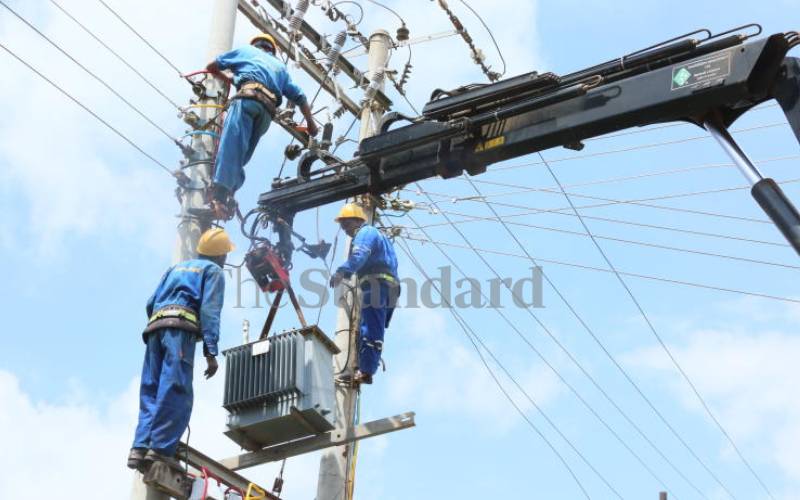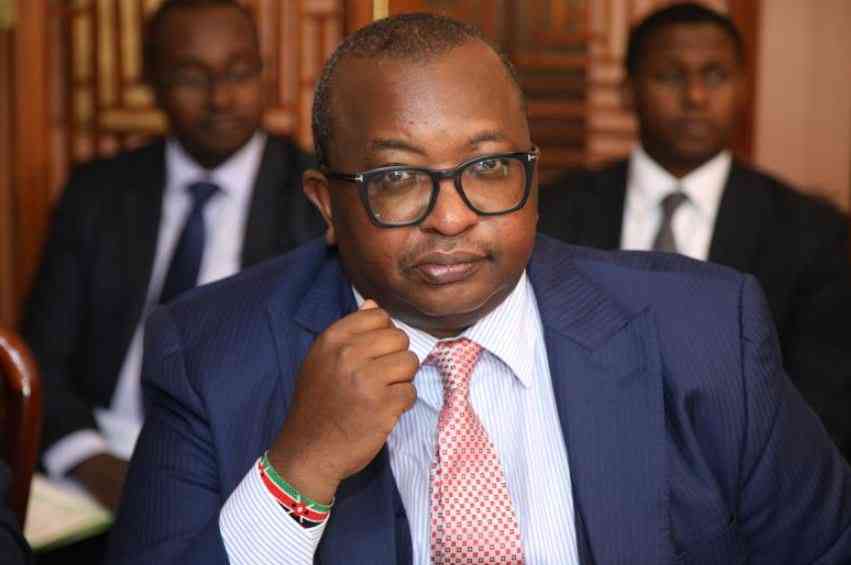×
The Standard e-Paper
Join Thousands of Readers

Kenya Power workers fix a transformer at Ndimaini Village in Karatina, Nyeri. December 28, 2020. [Kibata Kihu, Standard]
Kenya Power has in the recent past found itself in the spotlight for the wrong reasons, again.







